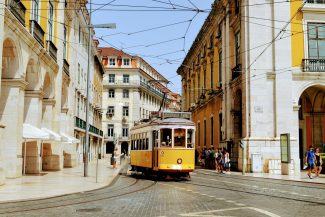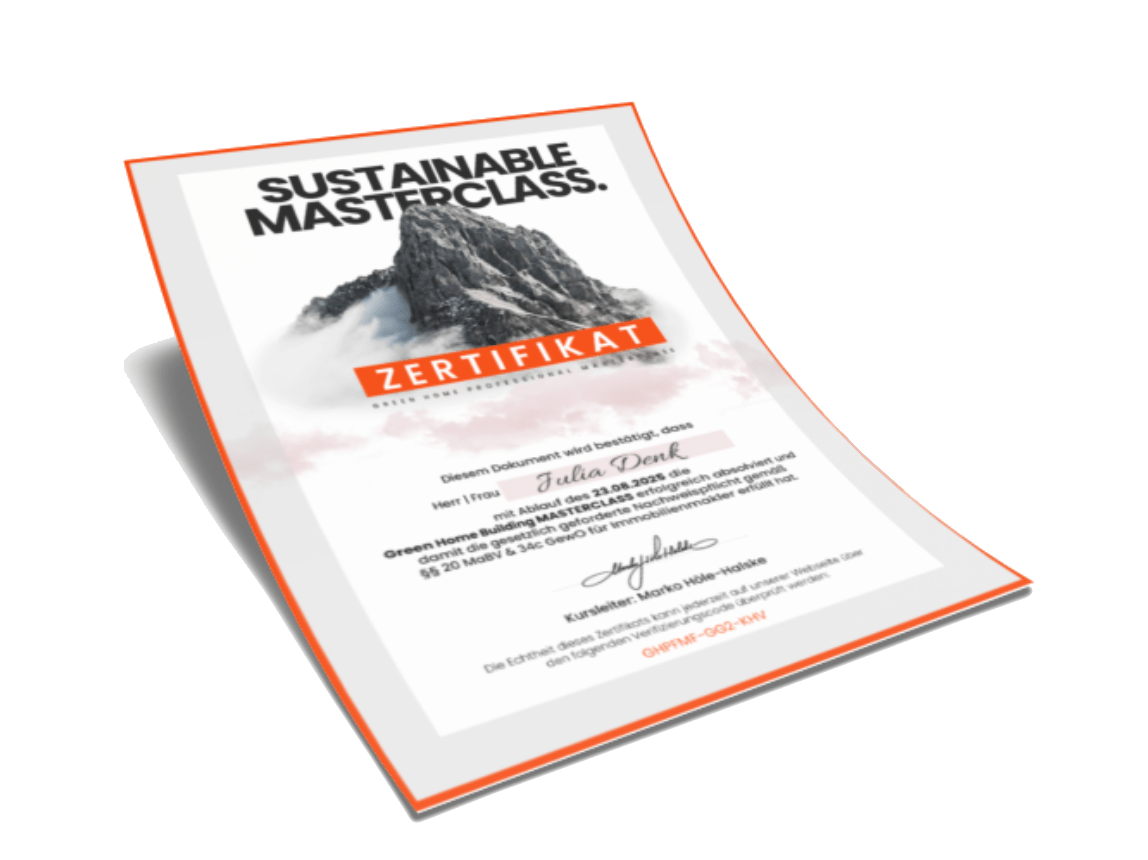Global Reference 2025: The Definitive Guide to Decarbonization, Standards, and Finance in Sustainable Construction
The mandate for the global construction sector has changed. Achieving net-zero requires moving beyond operational efficiency (EUI) and placing the immediate, measurable impact of Embodied Carbon at the core of all investment and design decisions.
This analysis provides the complete technical framework—comparing strict European mandates with flexible US standards, detailing the supply chain of high-performance ecological materials, and dissecting the most effective financial models driving market transformation. This is your essential resource for lectures, news articles, and strategic investment planning.
1. The Global Standard Divide: Prescriptive vs. Performance-Driven Certifications
The regulatory philosophies governing sustainable building in Europe and the United States differ fundamentally, impacting how architects and builders approach material selection and compliance.
1.1. EU vs. US Philosophy: Compliance and Economics
The European Union (EU) employs a philosophy centered on legally binding directives (e.g., EPBD) aiming for climate neutrality. The goal is to limit emissions to the lowest technologically achievable value, often setting standards regardless of immediate economic hurdles . This results in comprehensive, detailed regulations.
In contrast, the United States (US) historically follows a market-driven approach, balancing the economic feasibility of a project with public health benefits . This has led to the dominance of voluntary certification systems.
1.2. LEED, Green Globes, and the Embodied Carbon Test
| Standard | Structure | Prerequisite Requirement | Embodied Carbon Focus | Core Philosophy |
| LEED (US) | Nine Credit Categories | Frequently required (Prerequisites) | Limited direct integration of LCA | Prescriptive, fixed minimum standards. |
| Green Globes (US/Canada) | Seven Categories | No prerequisites required | Explicitly uses Life Cycle Assessment (LCA) | Flexible, performance-driven. |
Key Takeaway: The use of Life Cycle Assessment (LCA) and multi-attribute evaluations is a core strength of Green Globes, which aligns it more closely with the future mandatory focus of EU regulation on Embodied Carbon .
1.3. Material-Specific Benchmarks (Natureplus & IBR)
Beyond whole-building certification, specialized European material seals provide crucial supply chain integrity:
- NATUREPLUS: Recognized across Europe, this label requires products to contain a minimum of 85% renewable raw material or mineral-based materials from a virtually unlimited source . This is the key technical specification for selecting sustainable insulation, wood, and non-mineral plasters.
- IBR (Institut für Baubiologie Rosenheim): An international quality seal focused on health and non-toxicity in building products.1 This is the required filter for non-toxic paints and finishes.
- LiderA (Portugal): Portugal’s own voluntary certification system (A++ to G classification) that mandates high-quality ecological materials to achieve top scores in energy and indoor air quality.1
2. Decarbonizing the Structure: The Embodied Carbon Imperative
In the modern, highly efficient building, the source of emissions has shifted. Architects and investors must now focus on the carbon embedded in materials rather than just the operational energy demand.
2.1. The Embodied Carbon Shock in Southern Europe
Embodied Carbon (Global Warming Potential, GWP) covers emissions from raw material extraction, transport, manufacturing, and processing (“cradle-to-gate”).2 It typically accounts for 20% to 50% of a building’s total lifecycle carbon footprint.3
Portuguese Case Study: A simplified LCA on a Portuguese retail building revealed that Embodied Carbon represented a staggering 94% of the total lifecycle carbon.4 This confirms that in modern, well-insulated structures, the material choice is the single most critical factor for climate mitigation.
Materials for Urgent Substitution: Materials exceeding 6 kgCO₂eq/m² are considered to have a significant carbon footprint . In the Portuguese study, the highest impact materials identified were cement mortar, steel, concrete, and crucially, Extruded Polystyrene (XPS).4 Substitution of these is the fastest and most cost-effective decarbonization strategy.2
2.2. Portugal’s Bio-Based Advantage: Local, Low-Carbon Solutions
Portugal possesses unique, scalable indigenous resources that offer direct, low-carbon substitutes for high-impact materials:
| Material | Technical Performance & Profile | Embodied Carbon Status | Availability in Portugal |
| Expanded Cork Agglomerate | Excellent thermal/acoustic properties. 100% natural, bound by suberin (its own resin). VOC-free . | Near-Zero Embodied Carbon (extraction process does not fell the tree) . Emissions estimated at 200 kg CO₂eq per tonne (2013) . | High. Used by major industry players (Amorim) in urban rehabilitation and available commercially . |
| Hemp-Lime Blocks (ECOblocos) | Provides combined structure and insulation. Certified. Does not require traditional cement. Thermal Resistance: 3.05 ().5 | Carbon-storing (Carbon Negative Potential). Produced in a closed, local supply chain. | Growing. Local factory (Cânhamor) controls the entire process. Used in projects across Sintra, Guimarães, and Odemira. |
| National Chestnut (Castanho Nacional) | Naturally durable, strong, used in construction and high-quality interior decoration . | Carbon storage strategy. LCA needed for full GWP balance, but local sourcing reduces transport emissions . | Available from local suppliers in plank form . |
Action for Architects: The thermal resistance of the hemp block () is superior to a conventional complex wall (15cm brick + 8cm cork + 11cm brick, ).5 This confirms that high performance is achievable through material simplification.
3. Indoor Environmental Quality (IEQ): The VOC Regulation Battle
A healthy indoor climate is non-negotiable. VOCs (Volatile Organic Compounds) and SVOCs (Semi-VOCs) are often found in paints, coatings, and finishes, leading to indoor concentrations up to seven times higher than outdoors .
3.1. Transatlantic VOC Standards
| Standard/Regulation | Scope | Numerical Limit Reference | Strategy |
| EU Decopaint Directive (2004/42/EC) 6 | Paints, Varnishes, Coatings | Sets mandatory G/L limits (Stage I & II). | Legal minimum. Driven by voluntary labels (Blue Angel, EU Ecolabel) towards lower G/L.6 |
| US EPA (Automobile Refinish) | Industrial/Refinish Coatings | Sets specific G/L limits (e.g., Primers at ) . | Source-specific numerical standards based on metric units.7 |
| Green Seal (Low-VOC) | Architectural Paints | Low-VOC flat paints target . | Market-driven, stricter than most regulations, actively excludes high-VOC fragrances/essential oils . |
Portuguese Supply Chain of Certified Finishes:
The market is served by official representatives providing high-quality, VOC-free alternatives:
- Paints & Coatings: Brands like AURO and BIOFA are officially represented in Portugal (e.g., Casa Natural).8 The technical specification forAuro Wall Paint No. 321 includes being solvent-free (sem COV) and possessing high breathability (permite que a parede respire).9
- Natural Oils: Full range of natural wood care oils available for interior floors (Óleo Soalho Verniz) and exterior decking.8
- Clay Mortars: Specialized international manufacturers like Claytec are officially represented, ensuring access to high-grade, natural building mortars.8
4. The Financial Lever: KfW vs. Fundo Ambiental
The capital expenditure associated with high-performance ecological materials can be offset and even surpassed by strategically accessing national financial incentives.
4.1. The KfW Model: Global Best Practice for Deep Renovation
Germany’s KfW (Kreditanstalt für Wiederaufbau) programs are the gold standard for driving ambitious energy efficiency standards .
- Mechanism: KfW offers low-interest loans (up to €120,000 per unit for new construction) combined with a performance-based repayment bonus (€18,000 to €30,000) .
- Impact: This repayment bonus effectively converts the credit into a subsidy, making the most ambitious standards (e.g., consuming less than 40% of the reference building’s energy) the most financially rewarding . This model successfully supported about 39% of all new construction in Germany in 2017 .
4.2. Portugal’s Fundo Ambiental (FA) Strategy
Portugal’s Fundo Ambiental is the primary vehicle for implementing national climate goals (Portugal 2030).10
- Direct Grants: The FA supports programs like Vale Eficiência (Efficiency Vouchers) and provides up to 85% co-financing for high-efficiency measures such as the installation or replacement of thermal insulation materials.11 This subsidy drastically reduces the net cost of materials like Expanded Cork.
- Capacity Building: The FA supports the establishment of regional Espaços Energia (Energy Hubs) by municipalities to provide technical support and public information.12 This strategy recognizes that technical guidance is as vital as financial aid for mass adoption of high-performance materials.
- Fiscal Incentives: Empirical evidence from the Lisbon metropolitan area shows that local tax incentives linked to high energy efficiency certificates (A+, A, B) effectively encourage the construction and purchase of eco-friendly homes .
Strategic Recommendation: Portuguese decision-makers should consider adapting the KfW performance-based repayment bonus structure to Fundo Ambiental grants to incentivize investments that significantly surpass minimum thermal code requirements, thereby driving demand for low-carbon, high-performance materials like cork and hemp.
5. Projects and Outlook: The Portuguese Green Laboratory
The successful deployment of bio-based materials in real-world scenarios confirms their technical viability and market maturity in Portugal.
- Cork in Urban Regeneration: Solutions using Expanded Cork Agglomerate have been specifically promoted for urban rehabilitation in cities like Porto.13 Cork’s use in large-scale facades dates back to Siza Vieira’s pioneering work on the Portugal Pavilion at Expo 2000.14
- Hemp Block Deployment: Local production by companies like Cânhamor is backed by successful reference projects in diverse regions including Sintra, Guimarães, Odemira, and Castelo Branco, demonstrating broad geographical applicability.
- Market Growth: The global market for green building materials is projected to grow rapidly, with a Compound Annual Growth Rate (CAGR) of 13.9% from 2023 to 2030, rising from $145.8 billion to $351.4 billion.15 Portugal’s strategic emphasis on its bio-based materials perfectly positions it to capture this global growth.
Conclusion: Strategic Recommendations for Definitive Change
The path to a carbon-neutral built environment in Portugal—and globally—is clear:
- Mandate LCA (Embodied Carbon Accounting): All major projects must be required to perform LCA (cradle-to-gate) for GWP, making Embodied Carbon the primary metric for material selection, given its disproportionate impact in modern, efficient buildings.4
- Harmonize IEQ Standards: Adopt the most stringent global standards, setting a floor of VOC for architectural flat paints, and ensure certification schemes rigorously control SVOCs and fragrance exemptions to protect indoor air quality .
- Prioritize Indigenous Materials: Strategically leverage local, carbon-sequestering resources—Expanded Cork, Hemp-Lime Blocks, and certified National Chestnut—by prioritizing them in public tenders and subsidy schemes (Fundo Ambiental) to stabilize supply chains and accelerate deep decarbonization .
- Adopt Performance-Based Finance: Introduce high-value, performance-linked financial incentives (similar to the KfW repayment bonus) via the Fundo Ambiental to push standards significantly beyond the legal minimum and make deep energy/carbon upgrades financially irresistible .
Global Reference Links Collection (Linksammlung)
The following sources were used to develop this authoritative analysis:








